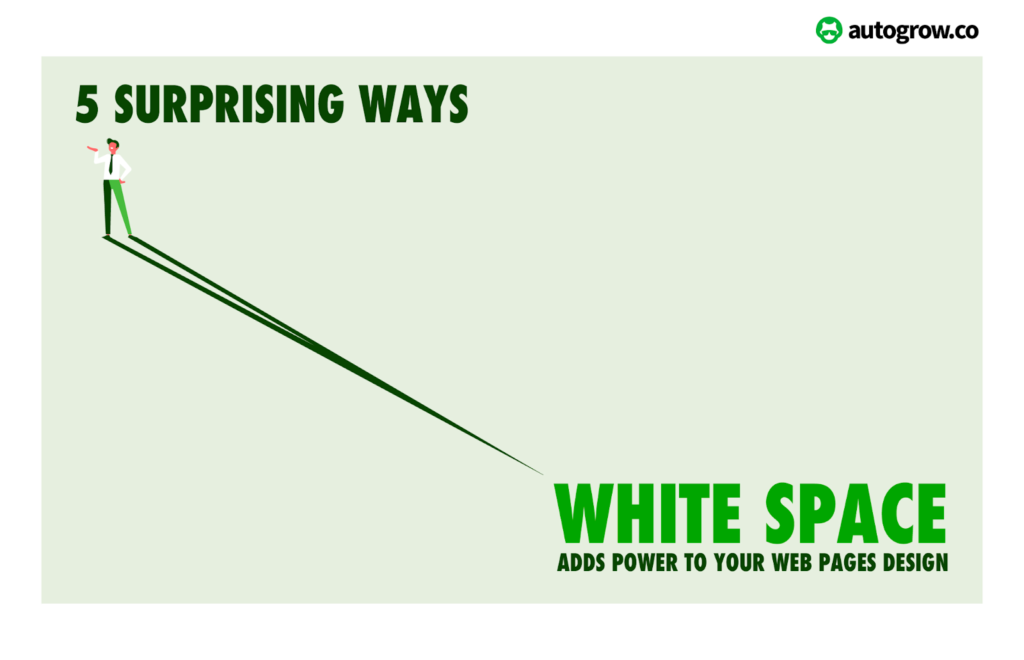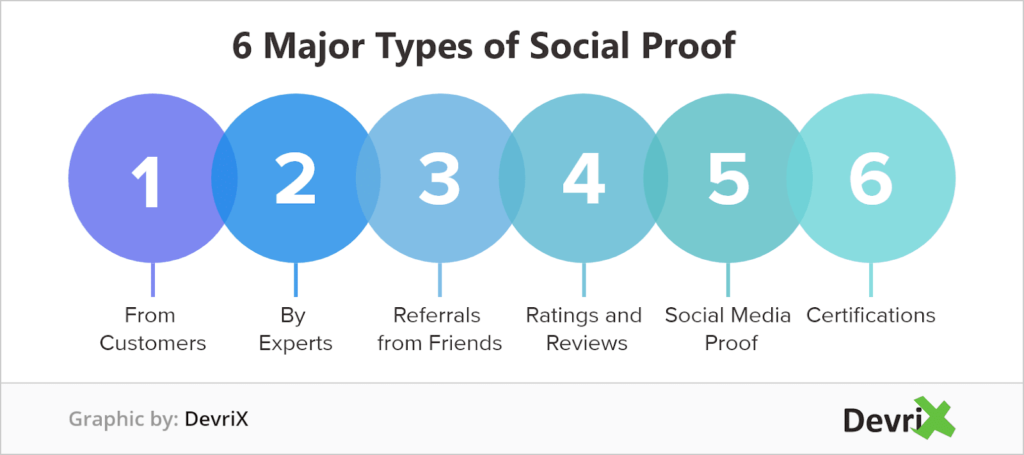
Table of Contents
- What is the Main Purpose of a Landing Page?
- 6 Effective Landing Page Design Principles
- The Main Purpose of a Landing Page
Designing a basic landing page is not as easy as it seems. It’s a mix of aesthetics, meaningful content, and understanding your audience’s preferences and needs. For whatever it is meant to be, it must hit the chord for you to see results. This article will establish some of the landing page design principles that you must know. But before that, let’s begin with the basics.
What is the Main Purpose of a Landing Page?
A landing page is a committed segment of a website that you land on directly from an external source like a paid promotion or email.

The landing page aims to allow visitors to indulge in a preset activity with specific content and convince them to act. Landing pages can be developed for SEO purposes to catch organic traffic. They can likewise be utilized with paid promotion tools.
6 Effective Landing Page Design Principles
1. Focus on the design of the page
Design is the first thing your visitors will see when they open your site. Hence your page design needs to be excellent, aesthetic and include every bit of information you want to convey—including convincing headers and content.
Make your design unique by
- Fusing predictable, on-brand tones and text styles
- Keeping your page coordinated
- Knowing when to tone it down
- Adding satisfying visuals
- Planting self-evident CTAs
Make your landing page concept appropriate by
- Adding content that relates to your target group’s requirements
- Planning CTAs that make guests want to click them
- Adding enough data to explain to visitors why they should become a customer
- Guaranteeing guests simple admit to adding their contact information
2. Focus on the attention ratio
Considering that you’re searching for the right customers for any marketing campaign, your landing page proportion should be 1:1. This means that there should be a single button that leads to the landing page. Remember to always test your landing pages before rolling out.

3. Remember the white space
The more natural your landing page looks, the easier it will be to remember. Don’t forget to use white space effectively. White space highlights the various items on your landing page and when it separates a group of components, it ultimately assists visitors with focusing on the main content.

4. Make it mobile-friendly
A significant portion of your visitors will visit your landing page from their cell phones. Landing page developers offer layouts and urge you to utilize the basics to alter those formats, guaranteeing that the product will improve the viewing experience for all screen sizes.

However, most of the time, even a minor change could cause a disturbed alignment. Thus, ensure you thoroughly test your landing page on different gadgets when it goes live so you guarantee you have a responsive page.
5. Highlight the value
Plan your landing page around the worth your brand brings to the table. Then, center around data that compliments this worth. While planning a landing page, understand and communicate thoroughly what your business’s USP is.
6. Social proof it
When you plan your landing page concept you might be marginally one-sided about your business. That is why testimonials are so important, as it backs up every one of your cases. After all, new visitors will be able to relate to the clients who give you their testimonials.

The Main Purpose of Landing Pages
1. They are product-focused
The landing page is not the space to provide a history of your organization. Of course, landing pages should relate to your brand; but, they should serve a different capacity while being an expansion of your brand.
2. They are clutter-free
The content on your basic landing page should have the ultimate objective of giving the client what they need while finishing the registration cycle.
3. They generate leads
An effective landing page design sets up a reasonable, easy, and feasible action plan for clients to make. Basic landing pages benefit your business since more changes usually lead to more clients and more cash flow for your business.
4. They connect to other social channels
Customers like what you recently advertised. Thus, you can share testimonials on the landing page. There is not even a shadow of a doubt about this; we are living in a carefully associated world.
Moving forward strategically with tech knowledge can probably be the best speculation you make for your business. As you fabricate your advanced promotion tool knowledge, including past arrival experiences is a brilliant move, and both you and your clients will receive the rewards.
5. They generate data and insights
When you connect a landing page to a particular campaign, piece of content, activity, or source, you can see which medium attracts the most leads, which themes and contributions are of most interest, or which campaigns have the most noteworthy performance.
Following client conduct is probably the best practice for landing pages that can create significant bits of knowledge.

In Summary
While planning a landing page, it’s critical to comprehend your main interest group’s viewpoint. They have explicit pain points, and you must persuade them that your item or service will mitigate those problem areas. By following the above landing page design principles, you’ll end up with a landing page that transforms clients into customers.
Key Takeaways
- A landing page is the first impression on your potential clients in the online world.
- The right methodology involves excluding large pieces of content on one landing page; it’s making additional landing pages that each emphasize one explicit mission, program, or deal.
- If visitors can’t see the association between your landing page and brand, they could become confused and ultimately choose another brand.
- Use colours that reflect your brand, interspersed with enough white space.
- Don’t crunch components together if they don’t go together specifically.
FAQs
A decent landing page ought to have a solid offer to make and convince visitors about why it is important. The landing page feature and subheadings showcase the product/service’s value.
The key elements of a landing page are:
– A feature and sub-features (if applicable).
– A short depiction of what is being advertised.
– At least a supporting picture or brief video.
– Supporting content elements like testimonials or client logos.
There are two types of landing pages—click-through pages and lead generation pages. If you’re offering something that doesn’t need to be purchased, then a lead generation landing page is a smarter option, while if you’re offering something to be purchased, click-through landing pages might be great for you.
A landing page expects to capture data from visitors in return for something significantly worthy, for example, a coupon code or business insights.
Latest Blogs
Explore how Google’s 2025 AI search updates triggered ranking chaos. Learn actionable strategies to adapt your SEO for AI Overviews, zero-click searches, and SERP volatility. Stay ahead now.
Learn how to rank on AI search engines like ChatGPT, Perplexity, and Gemini by optimizing your content for authority, structure, and relevance. Stay ahead in AI-driven search with this strategic guide.
Explore the best healthcare SEO services for your medical practice. Improve online visibility and effectively reach more patients in need of your services.
Get your hands on the latest news!
Similar Posts

Design
7 mins read
15 Best Firms Offering Design Services in India

Design
5 mins read
All You Need to Know About Data-Driven Design

Design
6 mins read